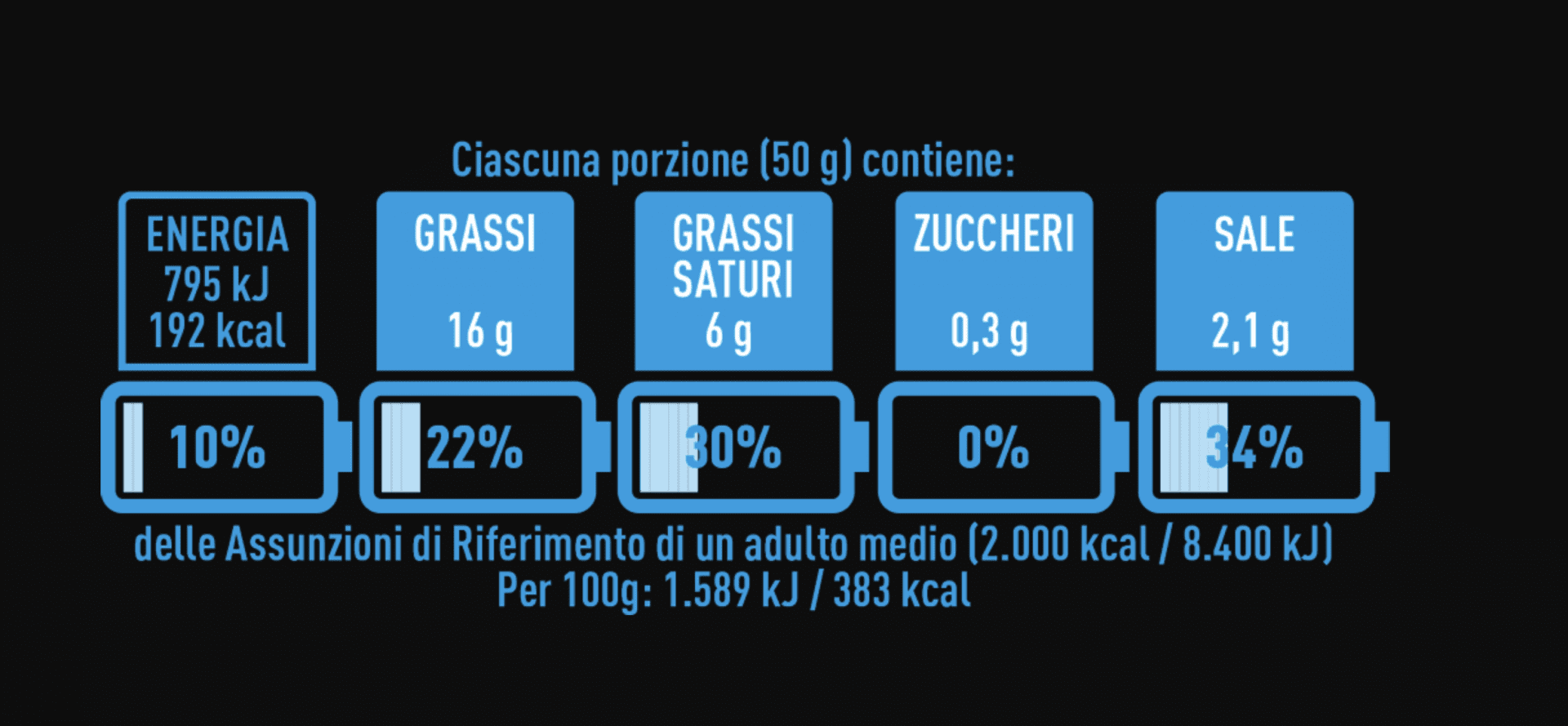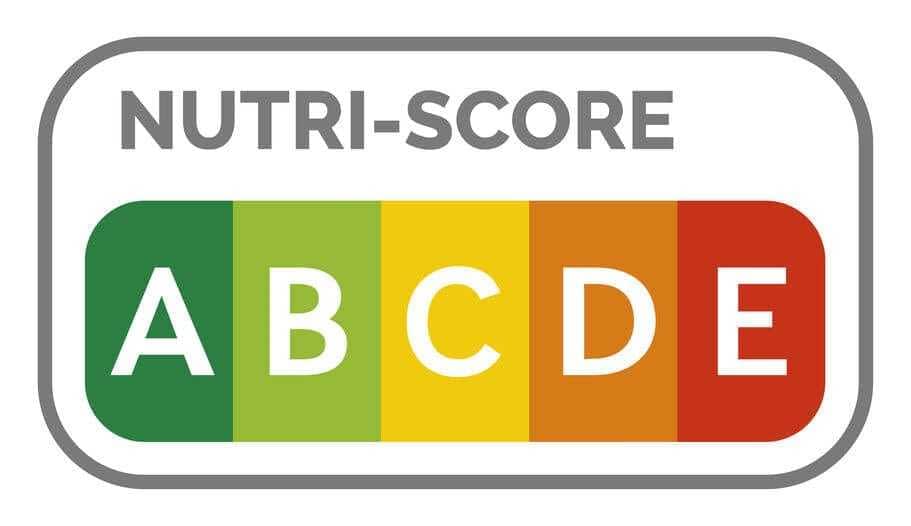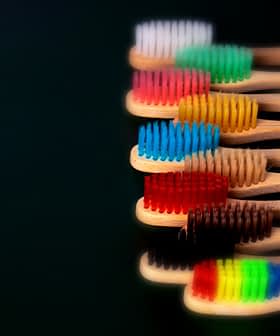The European Commission has given the green light to an Italian alternative to the Nutri-Score food labeling system.
The decision allows the Italian producers to place the new Nutrinform labels on their food packaging. It also means that the Italian labeling system will challenge the French-sponsored Nutri-Score as the official food classification system of the European Union.
We all want to help promote healthy eating styles. But we need a wide range of actions as well as a better understanding and knowledge about food. Those goals cannot simply be achieved by putting a color on a specific product on sale.
A final decision from the E.U. on which labels to adopt is expected by the end of the year.
The news from Brussels was met with enthusiasm by the Italian promoters of Nutrinform.
See Also:Nutri-Score Gains Traction Despite Opposition From Italian Farmers“The European Commission decision makes sure that Nutrinform Battery does not collide with European regulations,” Ivano Vacondio, president of the producers federation Federalimentare, wrote about the decision. “This was needed for producers to adopt the labels on products on sale in Italy. The labeling system can now be applied on packages on a voluntary basis.”
According to its promoters, Nutrinform’s concept does not label any food as good or bad. Instead, it shows the energy intake of the products as well as their nutritional values using a battery graphic, while also making it easier to understand how a specific product can be part of a healthy diet.

Battery graphics show consumers how many calories, fats, saturated fats, sugar and salt are in each product.
“Nutrinform Battery does not impact consumers’ choices, driving them towards some products instead of others,” Vacondio wrote. “It exerts an educational approach.”
The Italian alternative was not without its critics.
Emma Calvert, Food Policy Officer at the European Consumer Organization told Food Navigator the Nutrinform was a “clumsy attempt to simplify food nutrition.”
“Everyone tends to believe that the more charged a battery is, the better,” Calvert said in January. “In fact, consumers should not strive to reach 100 percent of the battery for a given nutrient; it’s the opposite. By contrast, Nutri-Score does tick all the boxes of an efficient front-of-pack label.”
The Nutri-Score system on the other hand gives every food item a grade from A (healthier option) to E (less healthy option) based on their nutrient profiles.
Nutri-Score has come under fire by many in Italy for grading extra virgin olive oil with a “C,” while other products with lower fat content, but less nutritional value, receive higher ratings.
Teresa Bellanova, the Italian Minister of Agriculture, discussed the food scoring systems with her Spanish, Greek and Romanian counterparts just ahead of the E.U. decision. She criticized labeling systems “made by algorithms” that severely affect healthy diets such as the Mediterranean diet.
“We can not even start to think that relevant products for traditional diets, such as extra virgin olive oil, are being labeled with a red light,” Bellanova said. (Based on the current system, extra virgin olive oil would be labeled with a yellow light by Nutri-Score.)

Rome also believes that products with a protected geographical indication should never be included in any labeling system.
“It is unacceptable that a top PDO [Protected Designation of Origin] product that brings top European quality to the world could end up being labeled with a red light,” Bellanova said.
Serge Hercberg, a professor of nutrition at the University of Paris and head of the team that devised Nutri-Score, told Olive Oil Times that critics of the system are taking the grades out of context. He said the “C” for extra virgin olive oil is the best possible grade for added fats or vegetable oil.
However, Massimiliano Giansanti, head of the Confragricoltura growers association, argues that the system is misleading because it takes certain foods out of their dietary context. He emphasized that Nutri-Score classifies products on the basis of their contents such as salt, sugar and fats with no context regarding when and how that food is to be consumed or in what quantities.
Along with its other proponents, Giansanti argues the Nutrinform label instead seeks to educate consumers about the decisions they are making.
“The innovative Italian approach is based on education and not on prohibition,” Vacondio wrote. “It responds much better than other systems to the needs of our food culture, rooted in the Mediterranean diet.”
“The food pyramid reminds us that there is no absolutely good nor absolutely bad food, there are instead the right amounts and consumption rates for any food,” he added.
However, it will not be easy for Nutrinform to kick Nutri-Score out of the spotlight. The French labeling system has already been adopted in France, Germany and Belgium and it is expected to be fully integrated in the Spanish food chain starting from 2021. Talks on its adoption are currently ongoing throughout the E.U.
“We all want to help promote healthy eating styles,” Bellanova said. “But we need a wide range of actions as well as a better understanding and knowledge about food. Those goals cannot simply be achieved by putting a color on a specific product on sale.”
Which labeling systems do you prefer?








